On a recent trip to Longwood Gardens, I noticed some wonderful intricate shapes in some of the ferns. I’m not sure what it was about that visit that made them catch my eye – but I actually spent most of my time that day photographing ferns and some of the patterened leaves on the various plants. I found myself fascinated by the shapes, textures and shades of green in the ferns.
The Asparagus Fern (Asparagus densiflorus) was the first one to catch my eye. Native to South Africa, these dectorative plants are not true members of the fern, it’s just what they’ve come to be called over the years. The Asparagus Ferns are easy to grow – and unfortunately are spreading in places where they are not native including in Florida and Hawaii. Be careful if you grow asparagus ferns in your home if you have cats or dogs, it is toxic to both.
(c) 2010 Patty Hankins
(c) 2010 Patty Hankins
Another fern I really enjoyed photographing was a Brazilian Blenchnum (blenchnum brasiliense) fern. Native to South America, on some varieties new fronds grow in shades of pink or red before turning green as they mature.What I found so interesting about this fern was the way it was uncurling – both the main part of the frond – and the leaves.
(c) 2010 Patty Hankins
The third fern that I was fascinated by was a pair of Venus’s-Hair (Adiantum capillus-veneris) ferns. Native to Europe, Africa, North and Central America, this fern is hardy to Zone 7 and is fairly easy to grow as a houseplant. It is also know as a Southern Maidenhair fern. The latin name for the fern – capillus-veneris – refers to the black delicate hairs on the roots and literally means the hair of the Venus – goddess of beauty and love.
(c) 2010 Patty Hankins
(c) 2010 Patty Hankins
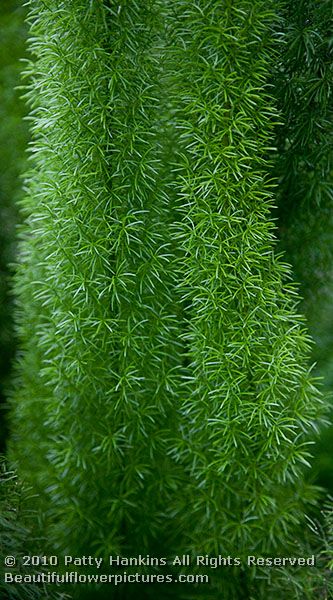
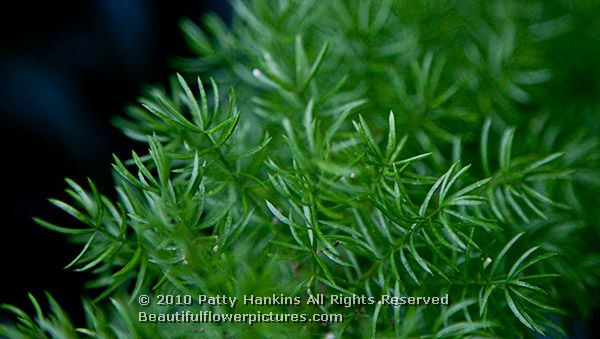
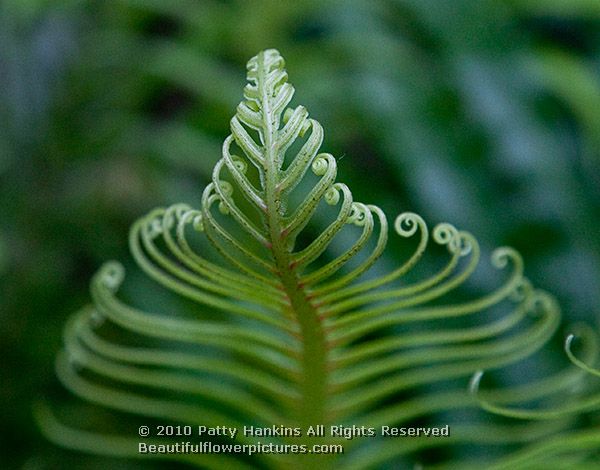
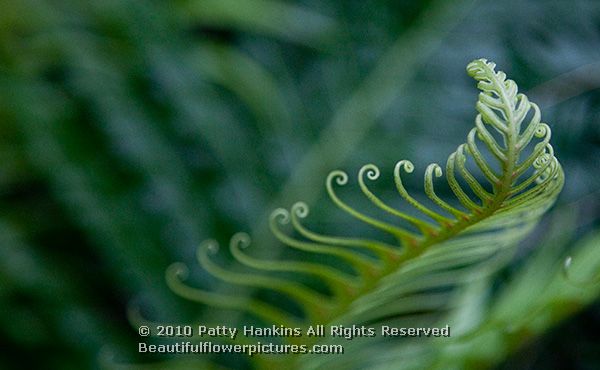
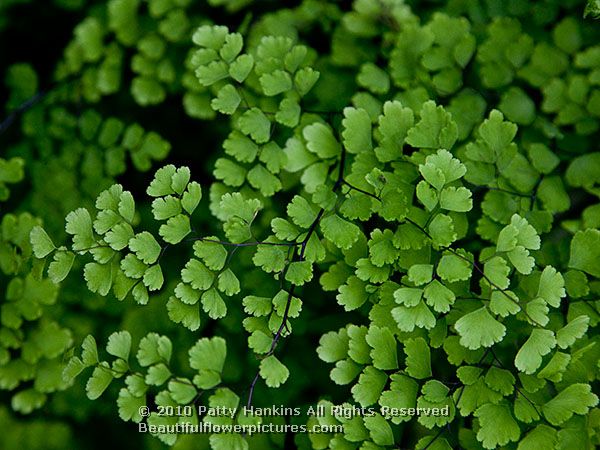
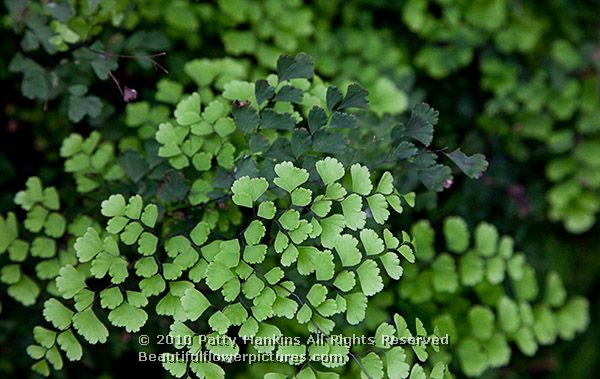
Cool, These pics are really pretty!